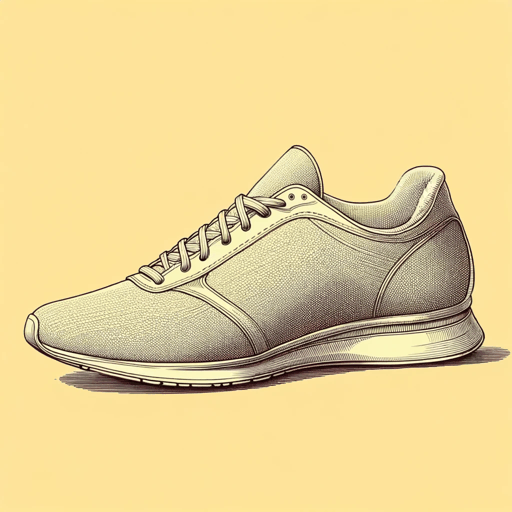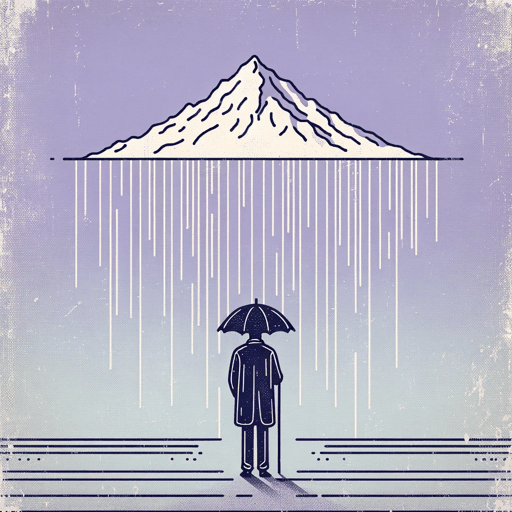76 pages • 2 hours read
N. Scott MomadayHouse Made of Dawn
Fiction | Novel | Adult | Published in 1968A modern alternative to SparkNotes and CliffsNotes, SuperSummary offers high-quality Study Guides with detailed chapter summaries and analysis of major themes, characters, and more. For select classroom titles, we also provide Teaching Guides with discussion and quiz questions to prompt student engagement.
Themes
The Power of Stories
In House Made of Dawn, stories are important vessels of cultural preservation. Whether told by a grandfather to his grandsons, through the medium of dance at a traditional ceremony, or through a religious sermon, these folk tales pass on knowledge, worldviews, and beliefs from a seemingly bygone age. With the Indigenous American population in North America greatly diminished and many of the tribes driven from their ancestral homelands, these stories help Indigenous people preserve their culture and pass it along to the next generation. The descriptive texts of the stories provide insight into a worldview. The stories that Abel’s grandfather told him, for example, define the intricacies and nuances of humanity’s relationship with nature. In Tosamah’s sermons, his stories provide insight into the collapse of the Indigenous American world and provide advice on how to navigate a modern American culture that is seemingly hostile to traditional beliefs. In the modern America that the novel depicts, people have a dramatically different relationship to the world around them than that depicted in the stories. While not everyone lives according to the worldview that the stories convey, they’re powerful indicators of a world that once was and could be again.
Throughout the novel, a clear contrast emerges between the stories of the Indigenous people and the same stories told by Americans who descended from European colonizers.
Featured Collections
Addiction
View Collection
American Literature
View Collection
Books on Justice & Injustice
View Collection
Colonialism & Postcolonialism
View Collection
Community
View Collection
Contemporary Books on Social Justice
View Collection
Equality
View Collection
Fate
View Collection
Good & Evil
View Collection
Indigenous People's Literature
View Collection
Memory
View Collection
Nation & Nationalism
View Collection
Order & Chaos
View Collection
Pulitzer Prize Fiction Awardees &...
View Collection
Valentine's Day Reads: The Theme of Love
View Collection
War
View Collection


